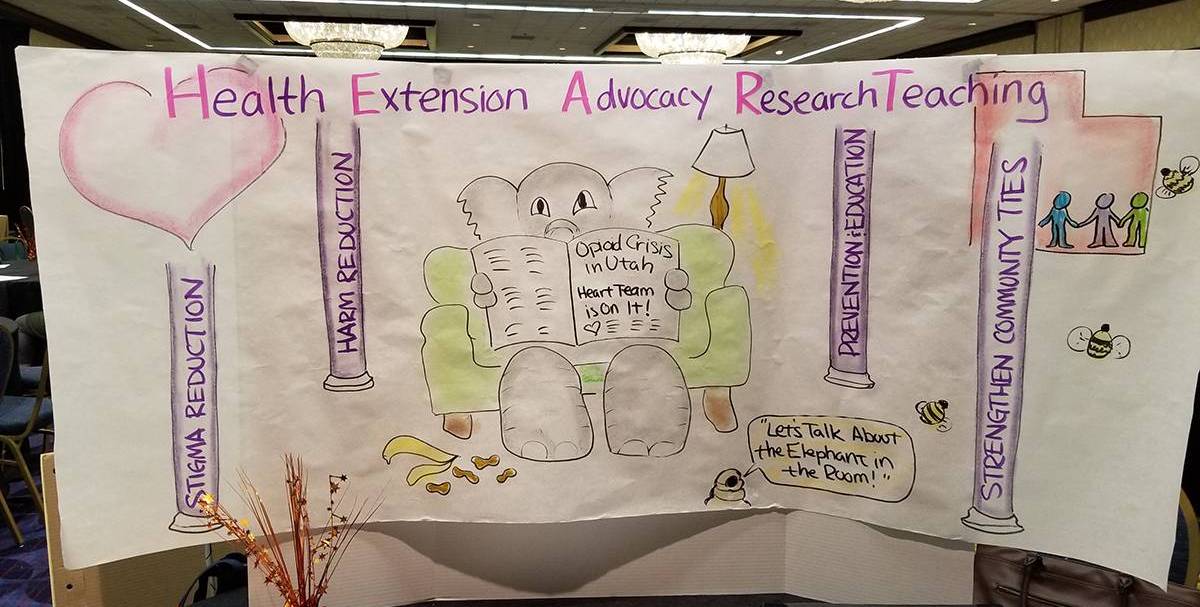Quick Guide to Extension Impacts: HEART
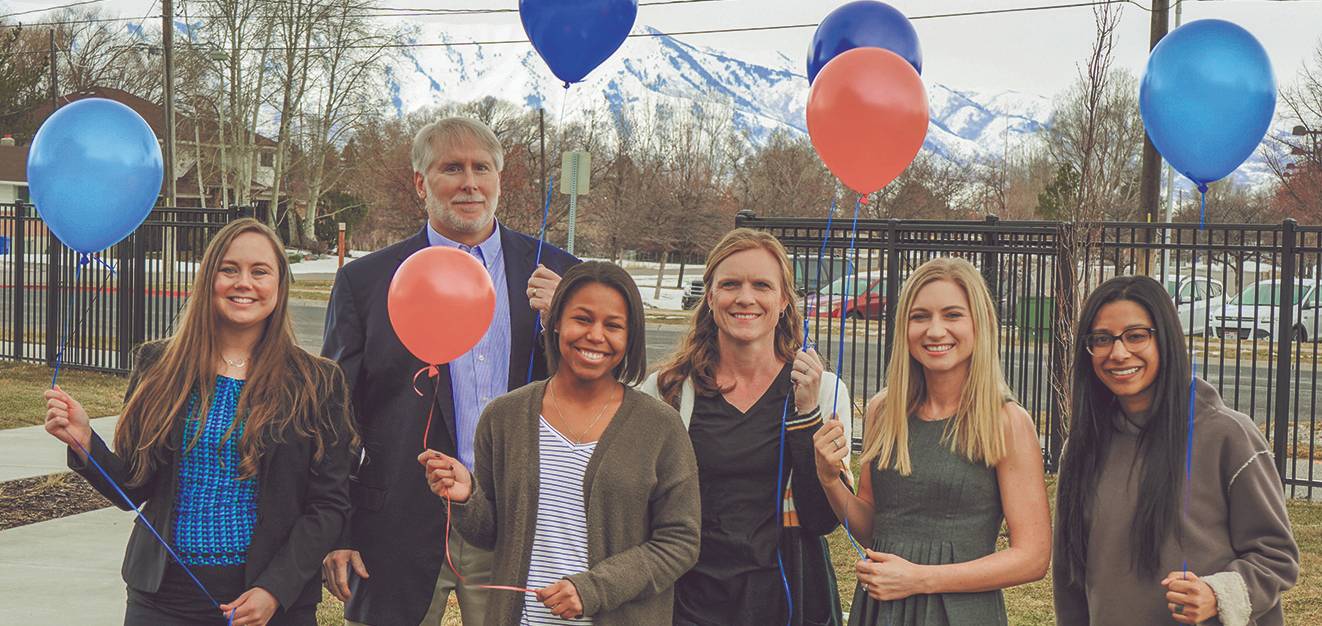
Utah State University Extension has implemented a cutting-edge, 4-year pilot program aligned with National Cooperative Extension’s recently instituted focus on health and wellness. Health Extension: Advocacy, Research, & Teaching Initiative, (HEART) serves as a model of how Extension can join partners to better address the health and wellness needs in our state.
HEART brings unique academic resources into communities, partnering locally and nationally to address the opioid epidemic and other pressing public health issues. HEART is a partner with health departments, research experts, community coalitions, and other key stakeholders to coordinate on-the-ground efforts that advance information, solutions, and partnerships. HEART is based on a strategic plan of four pillars: Prevention and Education, Stigma Reduction, Strengthening Community Ties, and Harm Reduction. Below you will find examples of HEART programs that are based on these pillars.
Sincerely,
The USU Extension HEART team
Ashley Yaugher, Tim Keady, Kandice Atismé, Maren Voss, Mateja R. Savoie Roskos, Reshma Arrington
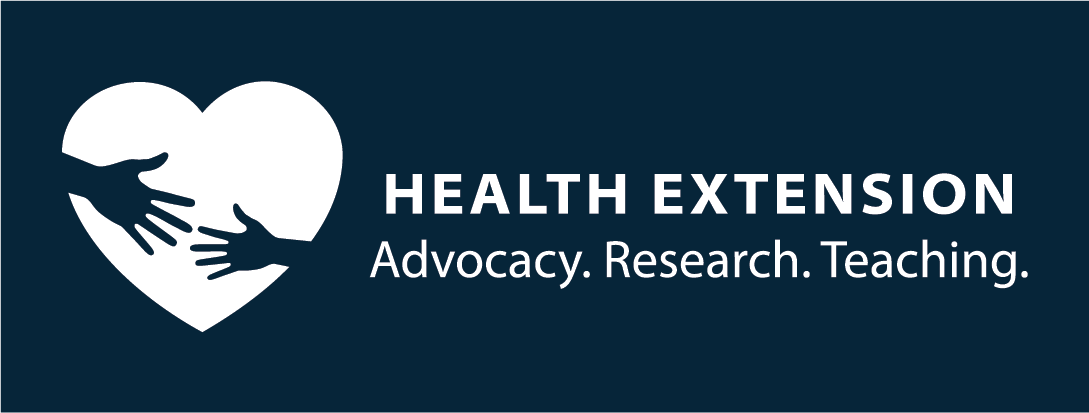

Prevention and Education
In the 2018 Salt Lake City Opioid Summit Listening Report, several areas of need were identified that can be improved through education. One of these was pain education with alternative pain management options — as this is the only way to reduce reliance on opioids. To address this, HEART members collaborated with the Veteran’s Affairs office in Salt Lake City to pilot the VA Pain Education and Opioid Monitoring Program in community primary care settings. The program enrolls physician-referred participants and offers information on pain management and opioid safety. It teaches alternative pain management options, such as mindfulness and yoga, and it helps referring physicians identify risk factors for opioid overdose.
The VA program helped veterans successfully reduce pain levels and the number of opioids needed to manage pain. Piloting this same program in the community has the potential to create similar non-opioid pain solutions for Utahns, with the potential to significantly decrease opioid-related harms in Utah. Currently, the community pilot is being run in Tooele and Carbon counties.

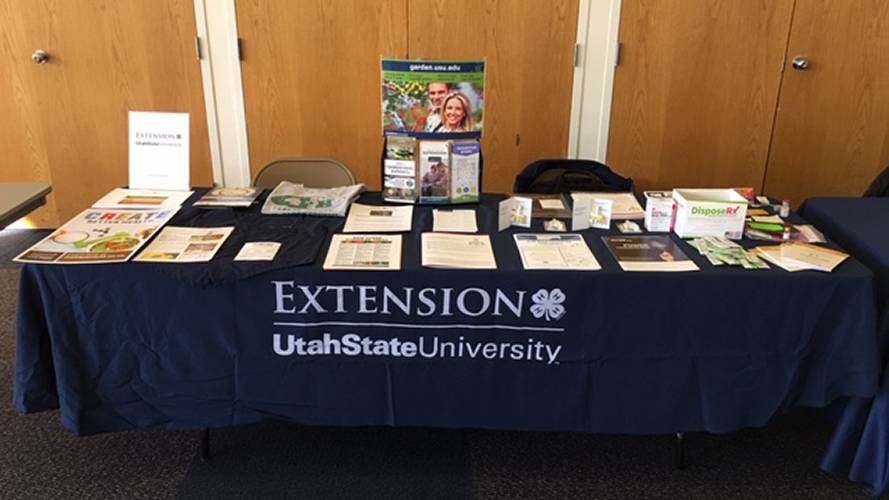

Stigma Reduction
Those with a substance use disorder are often stigmatized with the false idea that the person chose to misuse substances, and thus, chose the addiction. This stigma perpetuates the belief that it is the result of a moral failing, experienced by bad or weak people.
To address this, HEART faculty are launching a project titled “Informing the National Narrative: Stories of Utah’s Opioid Crisis (Opioid Stories).” The goal is that through hearing experiences of local people, substance use disorder will be recognized as a disease, and the stigma will be lessened. This can help affirm attitudes of recovery, empower self-determination, reduce stigma, and promote healing and health.

The opioid stories project includes collecting narratives from those impacted by the opioid epidemic:

The interview transcripts and audio will be available to the public through USU Special Collections and Archives and will be highlighted at events in the nine HEART counties — Salt Lake, Weber, Davis, Box Elder, Cache, Carbon, Emery, Tooele, and Utah — the summer of 2020. The HEART team has partnered with 15 community scholars and will collect 22 narrative interviews.
Strengthening Community Ties
Communities that come together in a crisis can be strengthened in many ways, including volunteerism, coalition partnerships, service mapping, collaborative efforts, and consistent messaging. Two of the counties hardest hit by opioid overdoses in Utah are Carbon and Emery.
Many resources are becoming available as a result of the statewide attention, but key stakeholders may not be aware of current resources/needs.
The Carbon and Emery Opioid and Substance Use Coalition was created by a HEART faculty member to fill this gap by bringing people together monthly to discuss actionable steps.
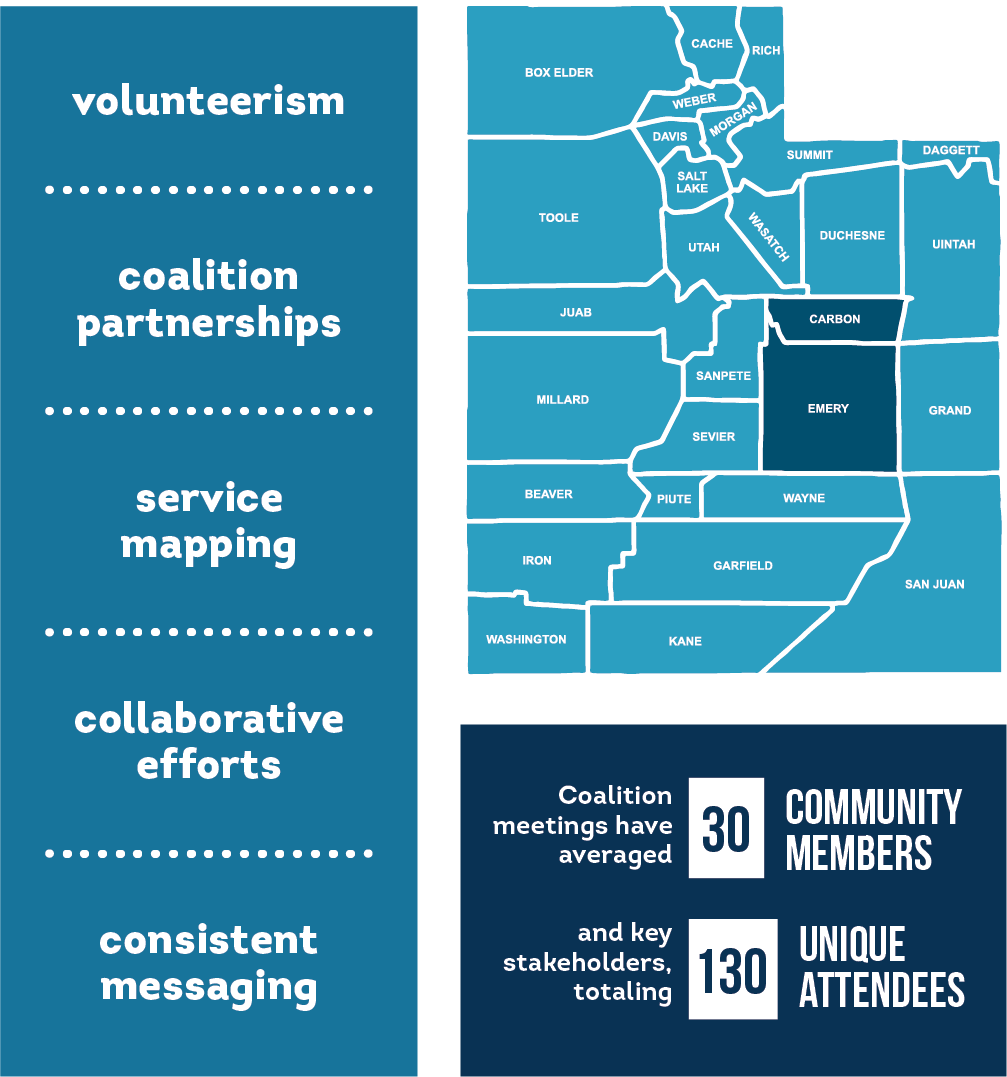
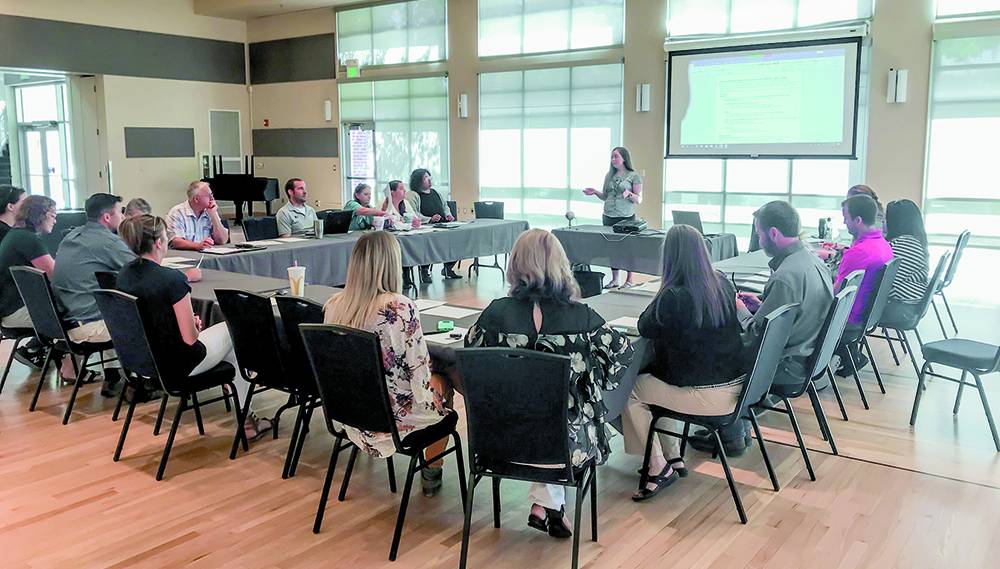

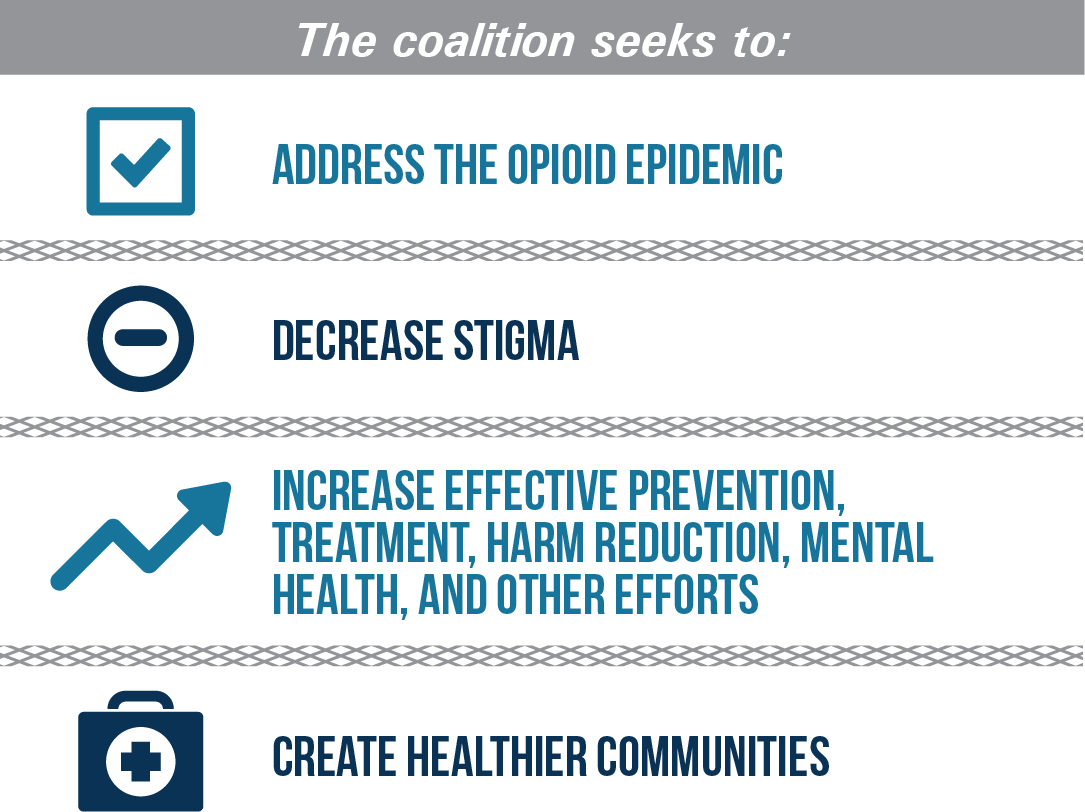
Harm Reduction
Harm reduction is a set of strategies and ideas to reduce the negative consequences of drug use, since completely abstaining isn’t always realistic, and people who use drugs have rights and deserve respect. It includes providing evidence-based programming in collaboration with other Extension professionals, key stakeholders, and community members in Narcan training, medicated assisted treatment use, opioid and suicide prevention education, stigma aware- ness, and more.
One example of programming occurs weekly in a local substance use disorder treatment facility. The facility provides a weekly 1-hour group time for 16 sessions and impacts an average of eight clients per visit. The educational opportunities include a variety of topics such as Create Better Health recipes, tips and resources from Workforce Services, depression and suicide discussions, growing microgreens, opioid education, and Narcan trainings.
In every case, those who participated expressed that this was an unexpected pleasure and asked when they could return.
Quotes from program attendees:
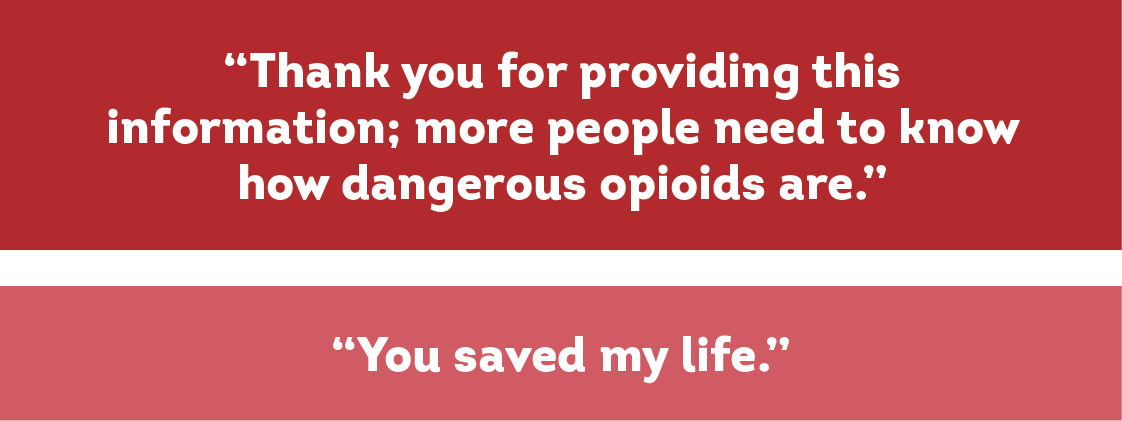
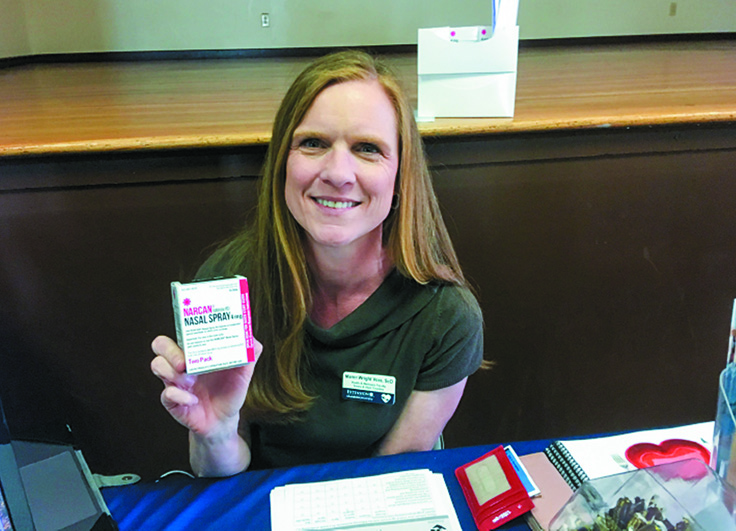
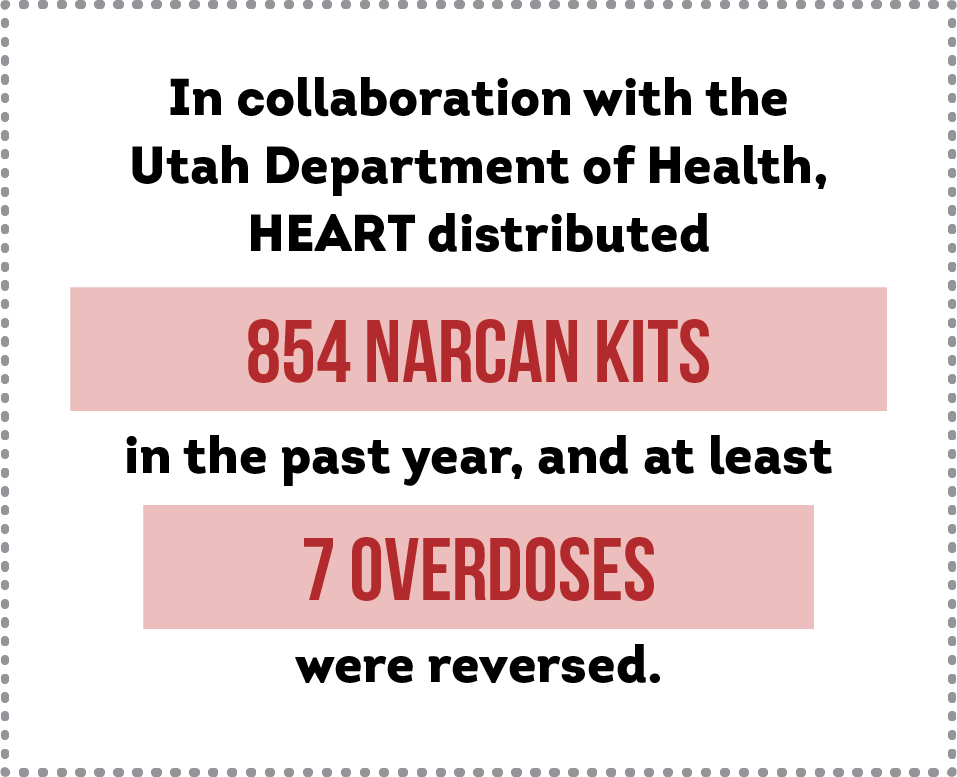


 Utah 4-H & Youth
Utah 4-H & Youth